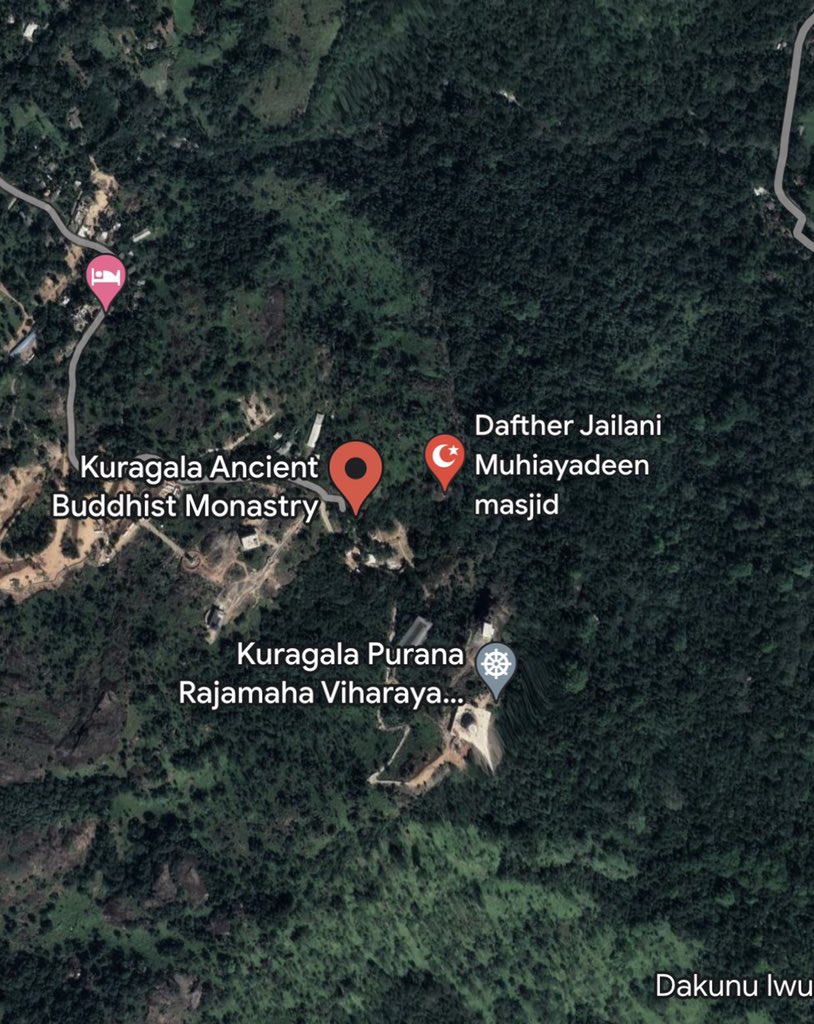Explored Dafther Jailani/Kuragala today which houses the site where one of Islam’s greatest saints, Sheikh Muhiyadeen Abdul Qadir Jailani (1077 CE–1166 CE) meditated for 11 years in the 12th century.
Got fresh insights into its mystical history, legend and significance. /1



Got fresh insights into its mystical history, legend and significance. /1
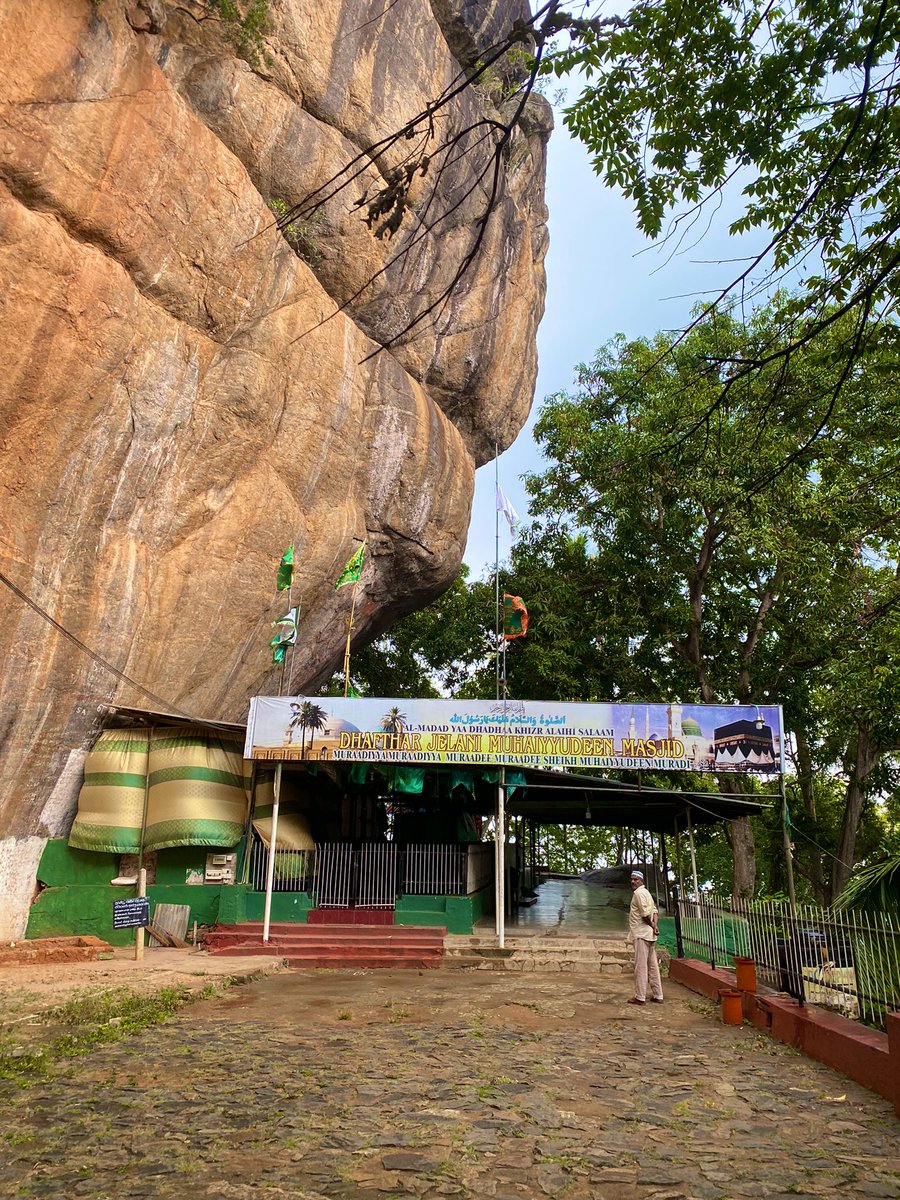
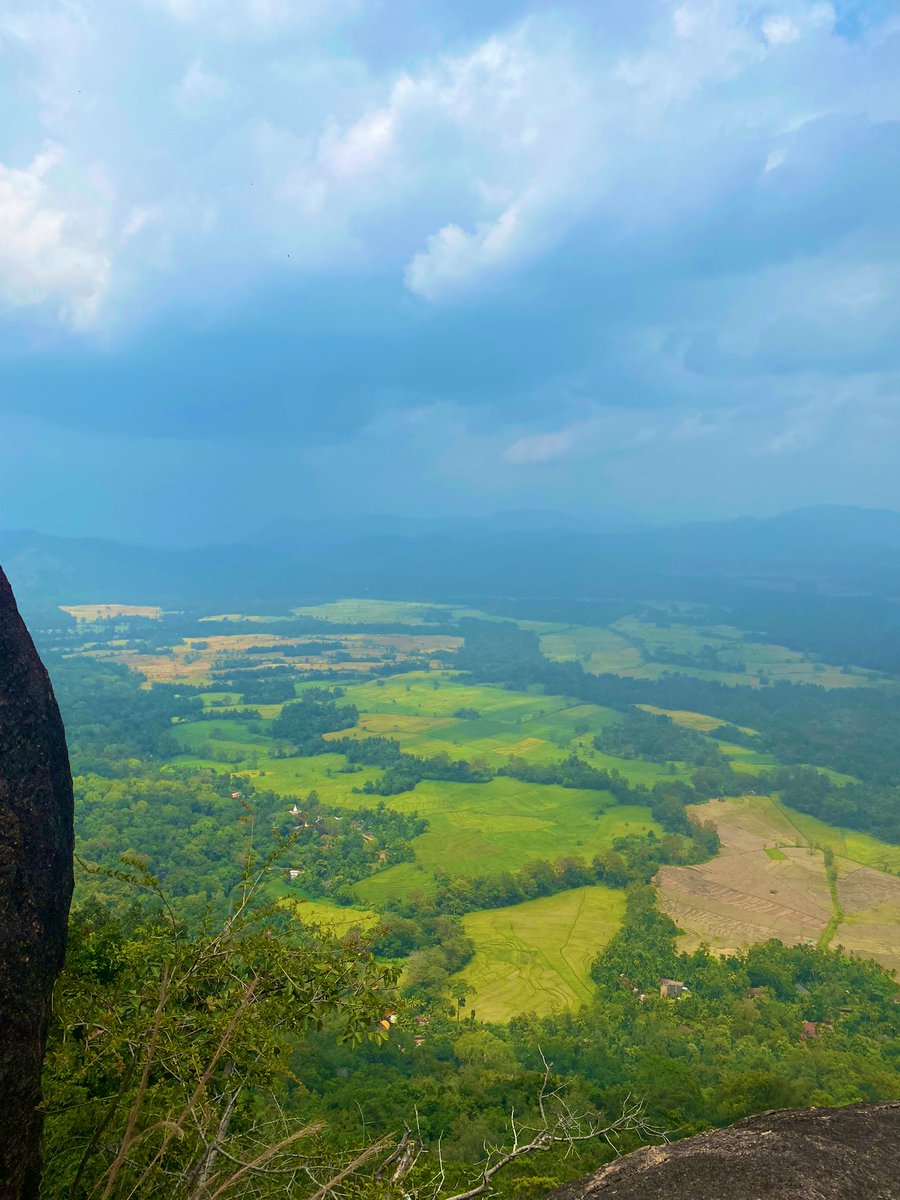
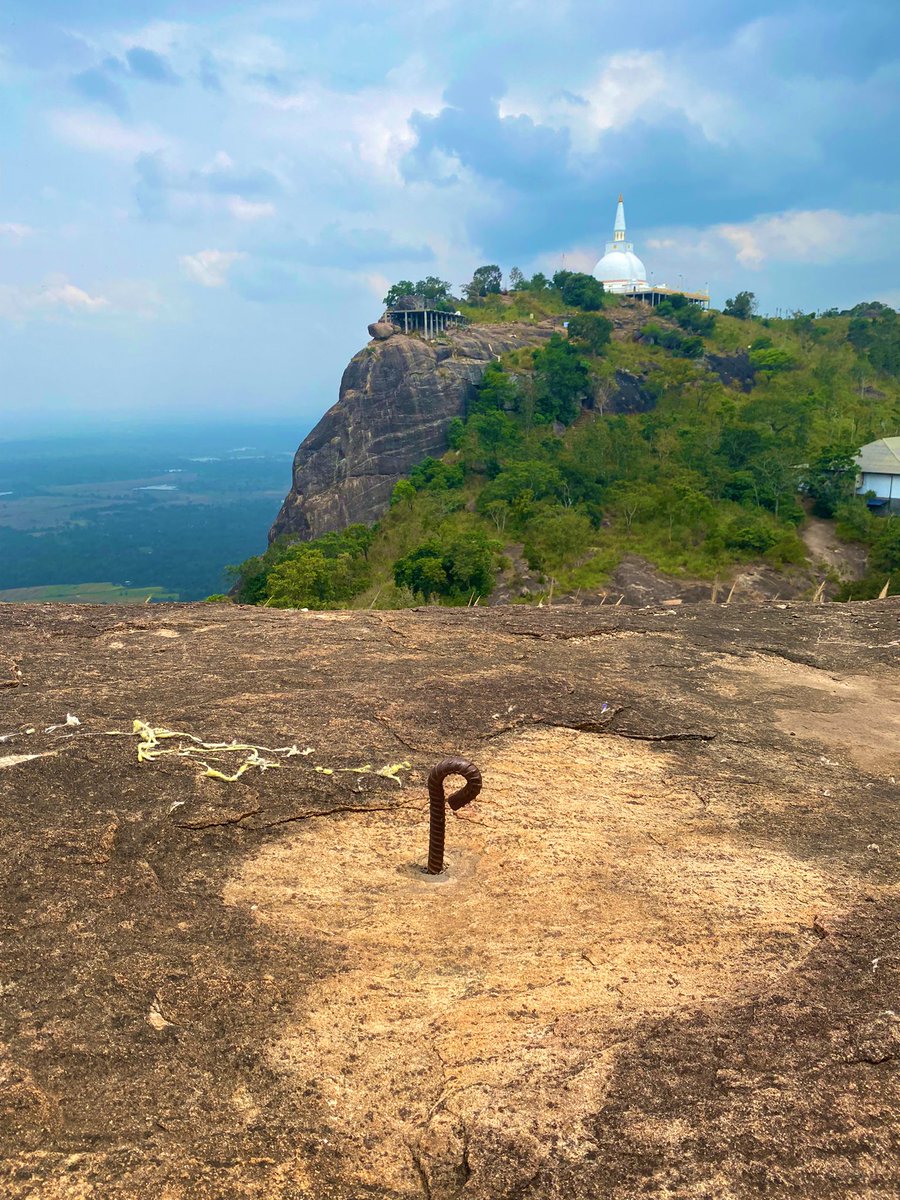
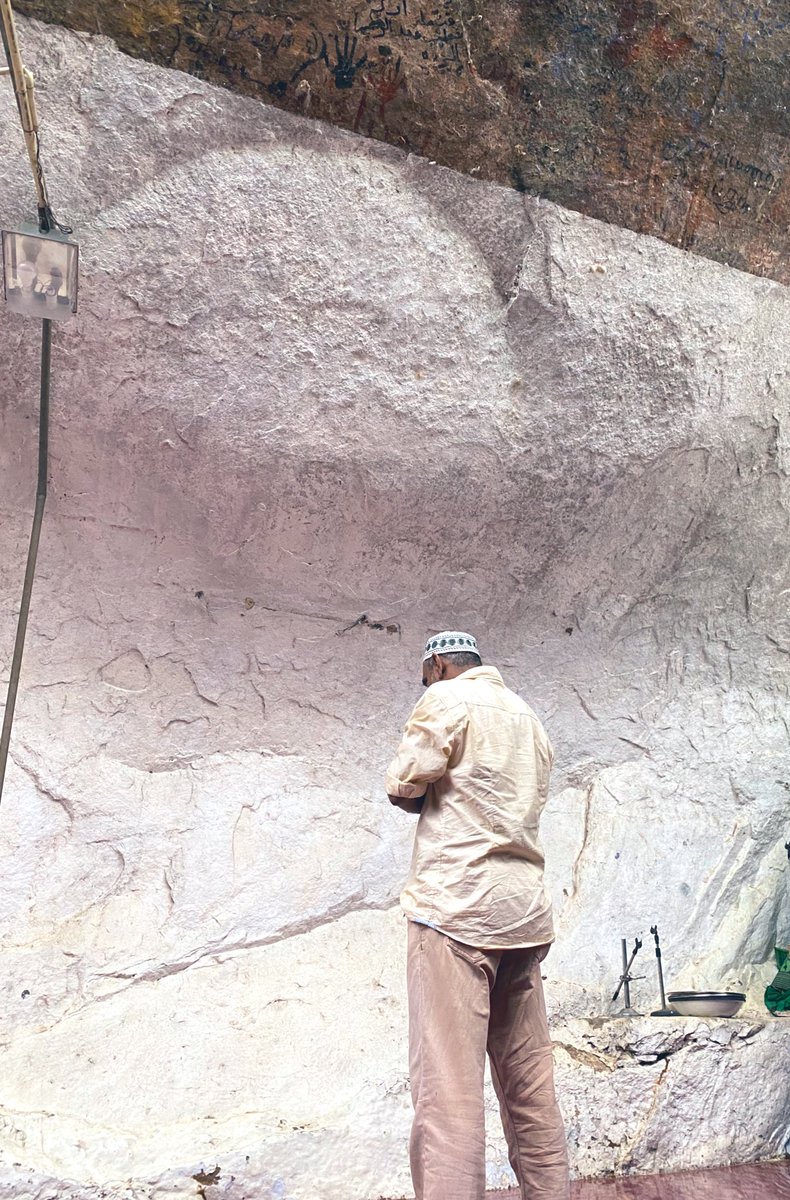
I previously wrote a detailed thread on the history behind the site. Included that for reference here 👇 /2
https://twitter.com/moulanaamjad/status/1525798809103585281
Kappal Malai (Ship Mountain) is of 3 large rocks which make up the site, the others being Sorankam Malai (Mountain of Tunnels) & Djinn Malai (Mountain of Spirits).
This rock was given its name as it resembles the prow of a ship. The other two names are self-explanatory. /3
This rock was given its name as it resembles the prow of a ship. The other two names are self-explanatory. /3

Sorankam Malai consists of a cave labyrinth and is where the Saint went to meditate on the edge of a cliff for over a decade prior to returning to worldly life in Iraq. /4 



Legend has it that the mysterious Djinn Malai is inhabited by spirits (djinns) that appear in various forms.
In my 2 years of frequenting the site, I’ve had a few “experiences” here that only could be deemed as supernatural.
Many regulars to Jailani share similar stories. /5
In my 2 years of frequenting the site, I’ve had a few “experiences” here that only could be deemed as supernatural.
Many regulars to Jailani share similar stories. /5

At this juncture, while Sorankam Malai and Djinn Malai now house the newly constructed Kuragala Rajamaha Viharaya, the mosque on Kappal Malai is the only remnant of history for the Muslims that has not been erased. /6
The site itself starts from the ravine between the 3 rocks and goes up to their peaks.
Halfway up Kappal Malai lies Dafther Jailani - the open-air mosque perched on a ridge underneath an overhang of the peak. The mosque is an homage to the Saint and named after him. /7
Halfway up Kappal Malai lies Dafther Jailani - the open-air mosque perched on a ridge underneath an overhang of the peak. The mosque is an homage to the Saint and named after him. /7
As explained in an earlier thread - temporary structures existed here for several centuries. This permanent structure was constructed in 1922 and has been the center of festivities.
Tens of thousands of followers of the Sufi saint flock here every year from around the globe. /8


Tens of thousands of followers of the Sufi saint flock here every year from around the globe. /8



The main mosque is open-air - it uses the overhang from the rock’s peak above as natural protection from the elements.
It rained heavily while I was there, and it was interesting to witness how the mosque was naturally shielded from the downpour. /9 twitter.com/i/web/status/1…
It rained heavily while I was there, and it was interesting to witness how the mosque was naturally shielded from the downpour. /9 twitter.com/i/web/status/1…
The pilgrims rest area contiguous to the old mosque is covered in roofing sheets.
Since the site was questionably taken over by the Archaeology Dept for “conservation” purposes in 1972, the mosque was restricted from any development or upkeep. /10

Since the site was questionably taken over by the Archaeology Dept for “conservation” purposes in 1972, the mosque was restricted from any development or upkeep. /10


Many have criticized the dilapidated state of the mosque, citing it as an eyesore.
This was an integral part of the widespread propaganda against the mosque especially from the visit of then Defense Secretary Gotabaya Rajapaksa in 2013 onwards. /11
This was an integral part of the widespread propaganda against the mosque especially from the visit of then Defense Secretary Gotabaya Rajapaksa in 2013 onwards. /11
They have not however taken into consideration that the mosque administration have to seek permission of the Archaelogy Department to even replace a screw or conduct basic upkeep - permission which it very rarely gave over the last 40+ years. /12
Caves and tunnels litter the site as part of a huge complex that run for a long unknown distance into the rock underneath.
Over centuries, countless Sufi pilgrims & hermits sought refuge in these caves. Many have lived and died here. Traces of their graves have been erased. /13 twitter.com/i/web/status/1…
Over centuries, countless Sufi pilgrims & hermits sought refuge in these caves. Many have lived and died here. Traces of their graves have been erased. /13 twitter.com/i/web/status/1…

On the way up to summit of Kappal Malai, you encounter many engravings on the rock face. Some are recent, while many date back centuries.
On two instances, I encountered engravings that go back to the 14th century, likely done by foreign pilgrims paying homage to the Saint. /14

On two instances, I encountered engravings that go back to the 14th century, likely done by foreign pilgrims paying homage to the Saint. /14


The Archaelogy dept back in the 1970-80s said they are unable to date nor validate these as “the Arabic language has not changed in style”. /15
Fun fact: the oldest engraving (found on Djinn Malai) which proved the significance of the site for Muslims for over a millennia dated 907 AD (before the Saint had even arrived) was defaced & broken with a crowbar by the military while the Archaelogy Dept did not protest. /16 

At the top of Kappal Malai, the second highest peak, you have a commanding view of the Kaltota plains, and on a clear day, all the way to the Southeastern coast. /17 





You also have a good view of Sorankam Malai directly in front.
If you look closely, you can spot the boulder precariously perched on the cliff’s edge where the Saint meditated from. /18 twitter.com/i/web/status/1…
If you look closely, you can spot the boulder precariously perched on the cliff’s edge where the Saint meditated from. /18 twitter.com/i/web/status/1…

Many spent days and nights meditating on these peaks.
In the olden days, during the time of the annual feast (kandoori), flags were flown here from the peak along with being draped over the rock creating a festive atmosphere for the thousands gathered below. /19 twitter.com/i/web/status/1…
In the olden days, during the time of the annual feast (kandoori), flags were flown here from the peak along with being draped over the rock creating a festive atmosphere for the thousands gathered below. /19 twitter.com/i/web/status/1…

This is just a figment of the legend, history and heritage that encapsulate this site, all of which is incredible and deeply entrenched - part of our national fabric which makes our country unique. /20
While urging you to visit, I can only pray that what’s left of the site is preserved, in recognition of its significance to our collective national history, heritage and diversity.
By doing so, Jailani intends to coexist peacefully and thrive into the future, God Willing. /21
By doing so, Jailani intends to coexist peacefully and thrive into the future, God Willing. /21
• • •
Missing some Tweet in this thread? You can try to
force a refresh


